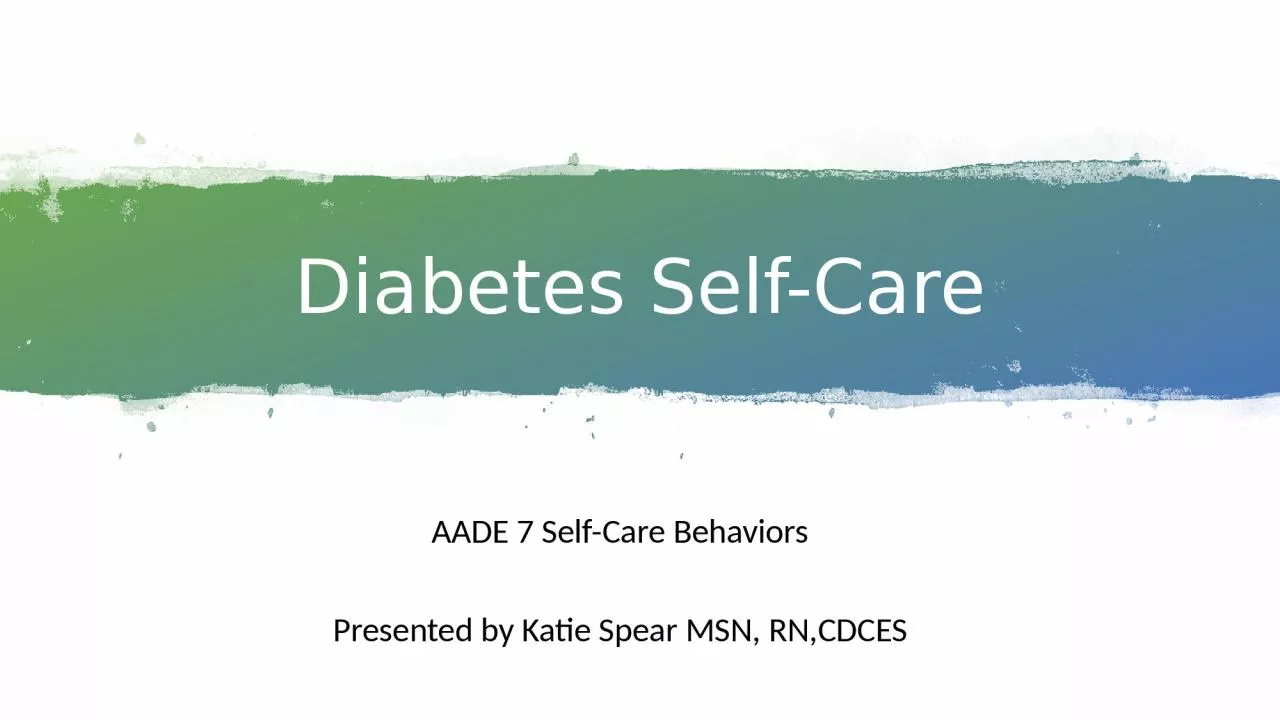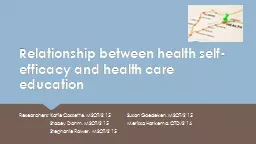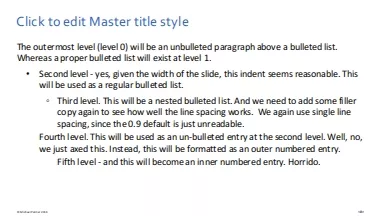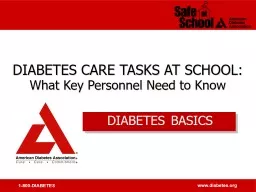PPT-Diabetes Self-Care AADE 7 Self-Care Behaviors
Author : Wolfpack | Published Date : 2022-07-27
Presented by Katie Spear MSN RNCDCES 3 Take away Points You have to learn how to take care of yourself Get all of the information that you can to help you stay healthy
Presentation Embed Code
Download Presentation
Download Presentation The PPT/PDF document "Diabetes Self-Care AADE 7 Self-Care Beha..." is the property of its rightful owner. Permission is granted to download and print the materials on this website for personal, non-commercial use only, and to display it on your personal computer provided you do not modify the materials and that you retain all copyright notices contained in the materials. By downloading content from our website, you accept the terms of this agreement.
Diabetes Self-Care AADE 7 Self-Care Behaviors: Transcript
Download Rules Of Document
"Diabetes Self-Care AADE 7 Self-Care Behaviors"The content belongs to its owner. You may download and print it for personal use, without modification, and keep all copyright notices. By downloading, you agree to these terms.
Related Documents














